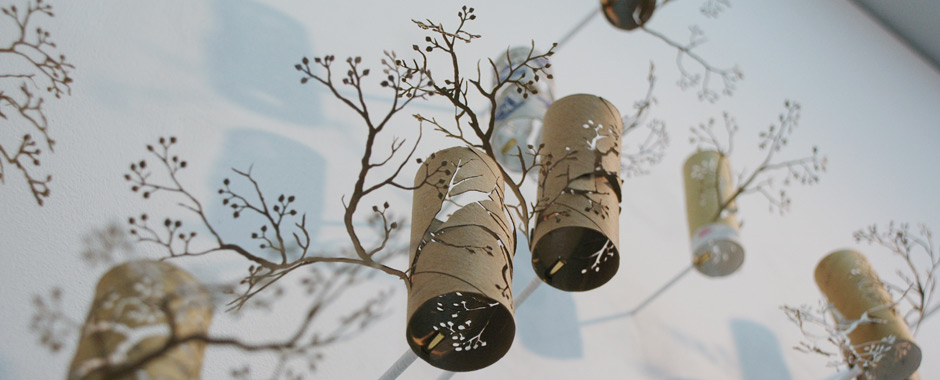Reducing Food Waste on Campus
Food. It’s amazing. We all know
this to be true.
What’s not amazing about food, is that nearly 40% of food in
America is wasted. Can you imagine throwing away 40% of your pizza? Well
probably not because that would be crazy.
 While we may not be throwing out perfectly good pizzas (cringes),
we often waste food because we don’t plan very well. We’ve all opened our refrigerators
and pulled out a half-full carton of strawberries only to find them sporting a
furry layer of mold.
While we may not be throwing out perfectly good pizzas (cringes),
we often waste food because we don’t plan very well. We’ve all opened our refrigerators
and pulled out a half-full carton of strawberries only to find them sporting a
furry layer of mold.
Being conscious of how much food we eat or throw away can be challenging. When you’re a university student or simply purchasing food from a campus market or cafe, you might not have much control over where your food
waste goes or how much waste is produced from preparing your food.
That’s why it’s so important that MDining is dedicated to reducing food waste on campus. There are
different strategies that the dining halls uses to limit food waste as well
other types of waste.
Off the truck
- Cardboard boxes and plastic wrapping from storing and shipping food are all recycled behind the scenes.
In the kitchen
- All pre-consumer waste in the MDining kitchens is taken to to the City of Ann Arbor Compost Site, operated by WeCare Organics.
- Pre-consumer waste includes things like carrot peels and onion skins.
- At the South Quad dining hall, food headed toward the compost pile is run through a pulper and extractor. This process extracts water from food waste and reduces its volume which can make it easier to transport.
- The student group, Food Recovery Network, collects surplus food and donates to food banks and people in need.

On your plate
- “Just ask!” The dining halls use small plates which lets you try different foods without creating a lot of waste. So when you want a little more of a particular dish, just ask!
- Tray-less dining is implemented at all of the dining halls. This lets you plan your meals carefully and you waste less food.
- All of teabags and coffee stirrers are compostable or recyclable as well.
Sustainable Dining Programs New to Campus
MDining is also working on
new projects to extend post consumer composting to cafe locations on campus. Be
sure to stop by the Fields Café in Palmer Commons this summer to check out
their post-consumer composting pilot program.
Unlike the current cafe locations
on campus, the Fields Café allows customers to choose the type of eating utensils (to-go plastic or silverware) and encourages customers to use the bulk style condiments and hot beverage creamers and sweeteners. This cafe also incorporates local and sustainable sourced ingredients in its farm-to-table menu.
Whats unique to this
composting pilot program is its method of limiting contamination. Contamination
occurs when people accidentally put non-compostable items, like plastic,
into the compost bin.
The signage for the compost bins at this cafe will
include images of all the specific menu items that can be composted. All you
need to do is check the sign to see if what you ordered is on the compost list.
Say goodbye to deliberating between the compost bin and the trash bin.
Keep
your eyes open for a similar program starting at the School of Public Health JavaBlu café.











